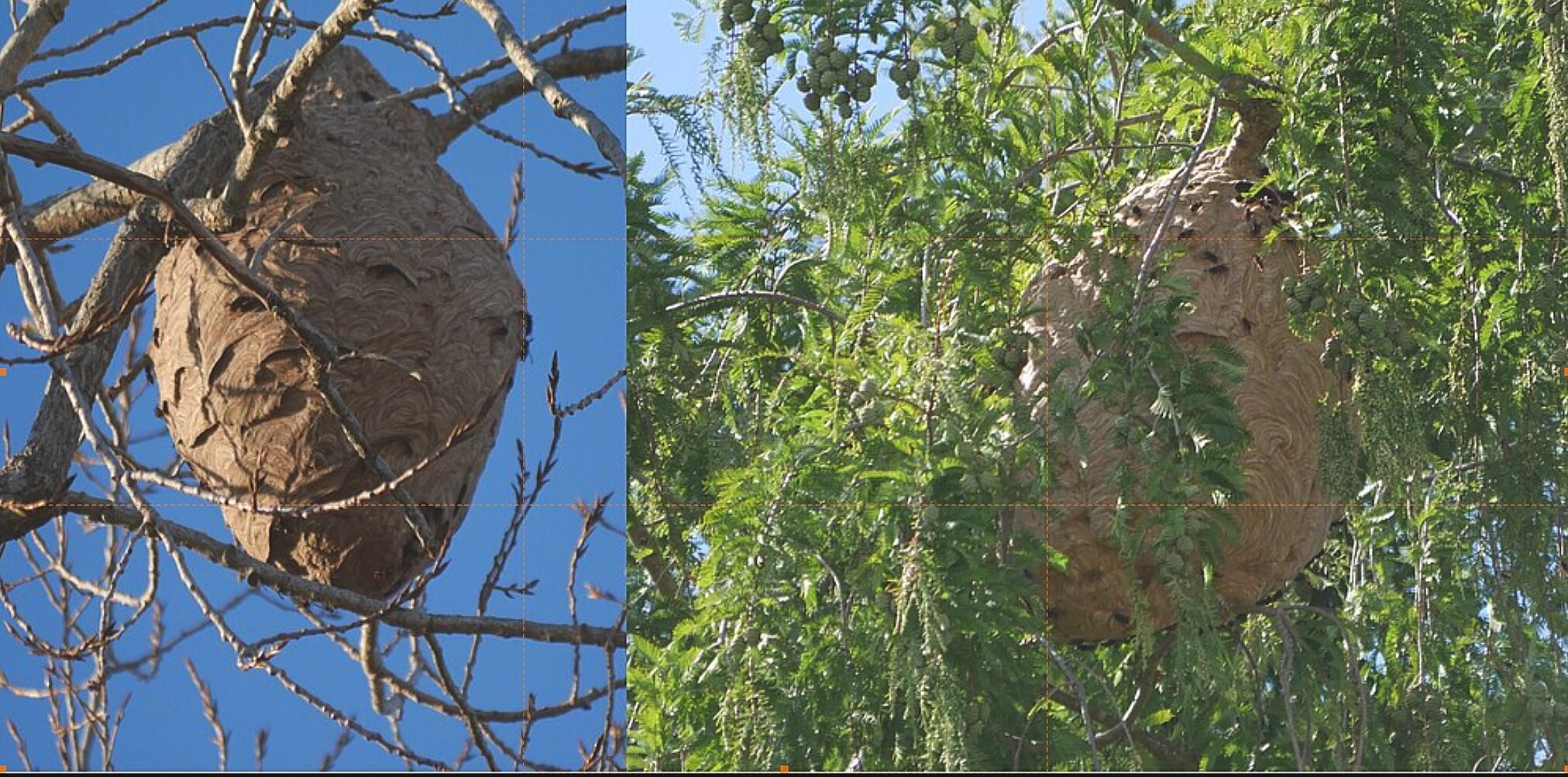Thank you Senators for your vote on 11 April to curb the proliferation of the Asian Hornet. Now it's the turn of our Members of Parliament!
How BeesForLife is using its tools to respond to the proposed law
Bill to curb the proliferation of the Asian hornet and protect the beekeeping industry - in French only
1 - As an independent third party, BeesForLife has"ready-to-use" tools for managing the fight against the Asian hornet, which we have developed and already used in a number of areas, providing concrete responses. We believe that this can support this initiative by making it visible and effective on the ground, starting this year.
BeesForLife is involved in a number of biodiversity protection activities, for example with ITSAP as a speaker at webinars on the subject of combating hornets, and with the interprofessional sector, for example with UNAF, CARI in Belgium, the international Beecome trade fair in Quimper, the FNOSAD convention in Périgueux, and the interprofessional sector's 2023 hornet control plan initiatives. A version of the BeesForLife application has been developed and adapted to the Swiss situation and managed in the canton of Geneva by "L'Abeille de Genève"....
The tools are at the heart of articles 411-9-1; 411-9-2 and 411-9-3 (Paragraphs in red below)
The declaration, reporting and destruction monitoring module already used by communes and départements meets the requirements of articles L 411-9-1 1° and L 411-9-2.
The module for tracking geolocalised trapping of Asian hornets can be configured according to the time requirements for control and can provide a response to the need for traceability, enabling compensation to be paid for damage attributed to the Asian hornet. This provides a monitoring solution that will make it possible to manage article L 411-9-3 from now on.
On first reading, the Senate adopted the following draft law:
- 1 -
Sole article
I. - After article L. 411-9 of the Environment Code, articles L. 411-9-1 to L. 411-9-3 are inserted, worded as follows:
" Art. L. 411-9-1- I. - As part of the plans mentioned in article L. 411-9, a national plan to combat the Yellow-legged Asian Hornet is instituted, which determines in particular:
"1° The national guidelines and monitoring indicators for surveillance, prevention, selective trapping and destruction actions implemented as part of the departmental plans to combat the Yellow-legged Asian Hornet defined in II of this article ;
"2° The classification of départements according to the predation pressure and damage caused to apiaries and wild pollinators by the Yellow-legged Asian Hornet;
"3° The funding allocated by the State, local authorities and socio-economic and health players to informing the public, scientific knowledge, research into effective prevention systems and the development of new technologies. research into effective and selective prevention systems and control of the Yellow-legged Asian Hornet;
"4° (deleted)
"5° (new) The advisability of classifying the Asian Yellow-legged Hornet as a second category health hazard for domestic bees in order to ensure more effective protection of apiaries, flora and fauna and to prevent significant damage to agricultural activities.
"The plan referred to in the first paragraph of this I is drawn up by the ministers for agriculture and the environment in consultation with health organisations, associations representing local elected representatives, representatives of socio-economic players directly affected by the endangerment of pollinators and environmental protection associations as well as members of the scientific community.
"II.The departmental plan to combat the Yellow-legged Asian Hornet is drawn up by the representative of the State in the department in consultation with with the president of the departmental council, representatives of the communes and their groupings, the departmental section of health organisations, socio-economic players directly affected by the endangerment of pollinators, environmental protection associations, the French Office for Biodiversity and nature users.
"The departmental plan is a local version of the national plan set out in I. The departmental plan is updated no later than six months after each modification to the national plan.
"The departmental plan organises the assessment of the level of danger to public health and damage to apiaries from declared Asian hornet nests, as well as the reporting and destruction procedure. This report may be made via the mayor of the municipality in which the nest of yellow-legged Asian hornets is located or a member of the municipal council designated by the mayor.
"III (new)- A decree shall lay down the conditions for the application of this article.
" Art. L. 411-9-2(Deleted)
" Art. L. 411-9-3- Economic losses suffered by a beekeeper as a result of the Asian Yellow-Legged Hornet shall be compensated in accordance with the conditions laid down in Article L. 361-3 of the French Rural and Maritime Fishing Code.
II and III - (Deleted)
Deliberated in public session in Paris on 11 April 2024.
The Chairman,
Signed :Gérard LARCHER
If you wish, you can continue to support your elected representatives, and in particular the Members of Parliament who will soon be voting (June?) at the National Assembly.
To do this, you too can vote in favour of supporting the law via the Petition run by BeesForLife and thus protect bees and pollinators.
link to the Petition: www.change.org/BeesForLife

